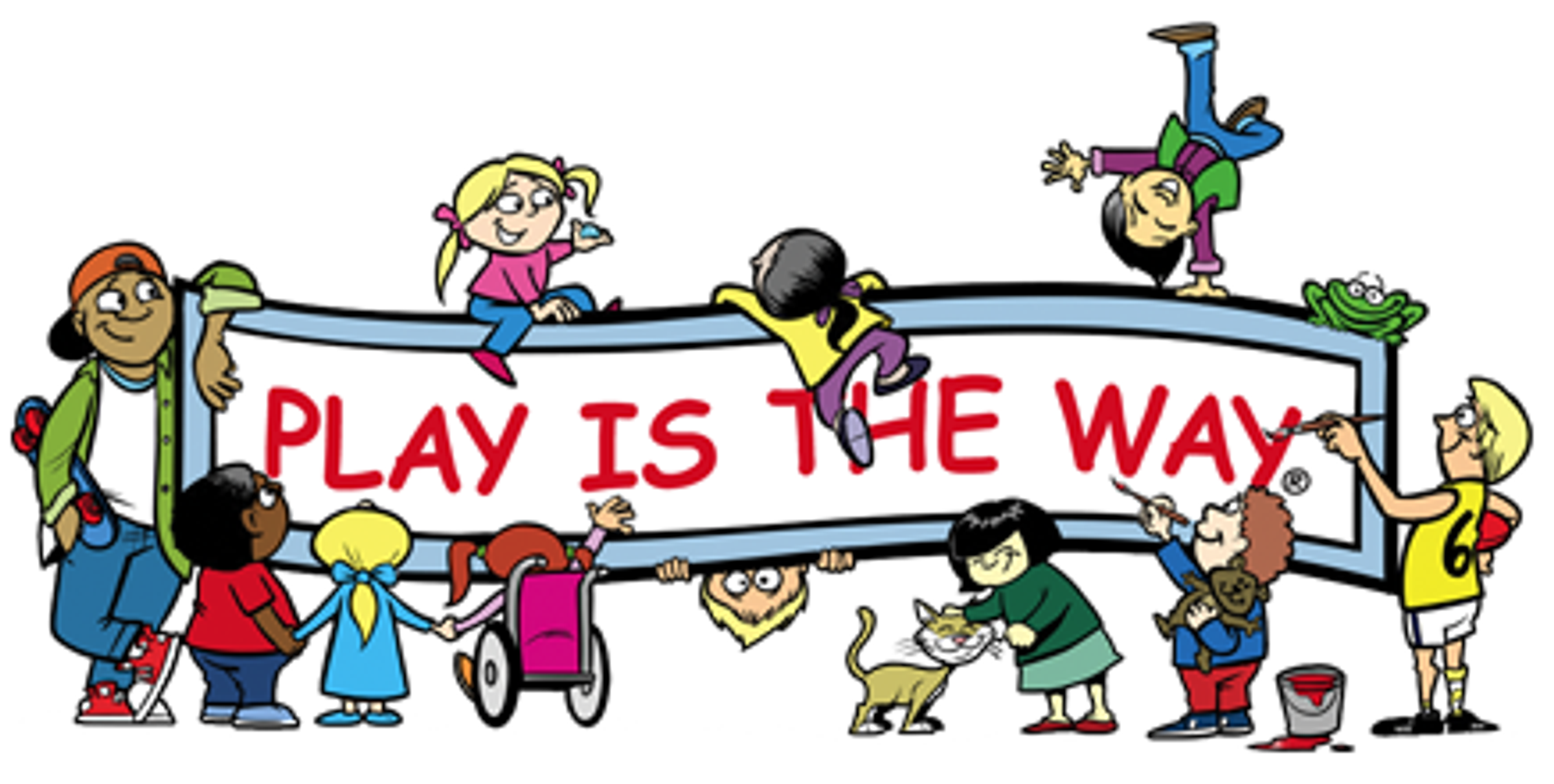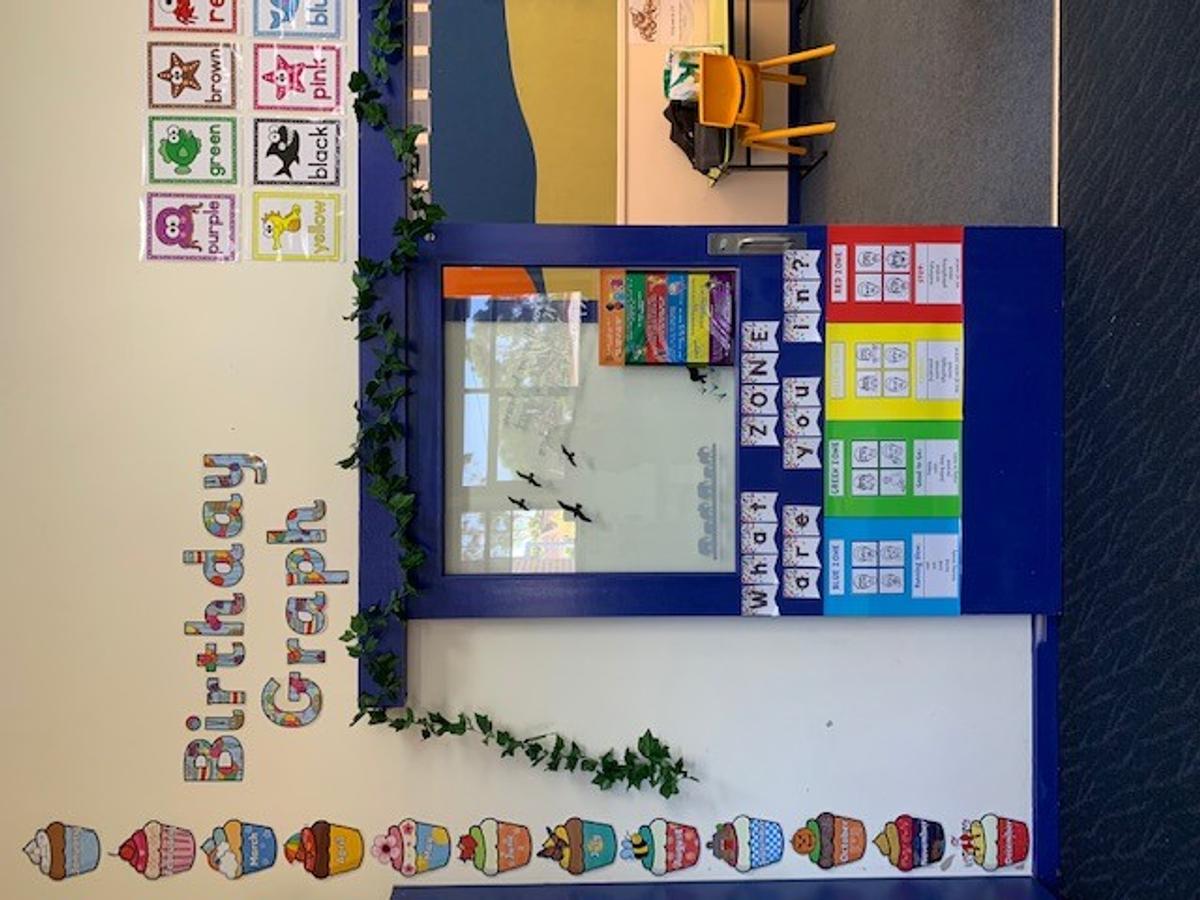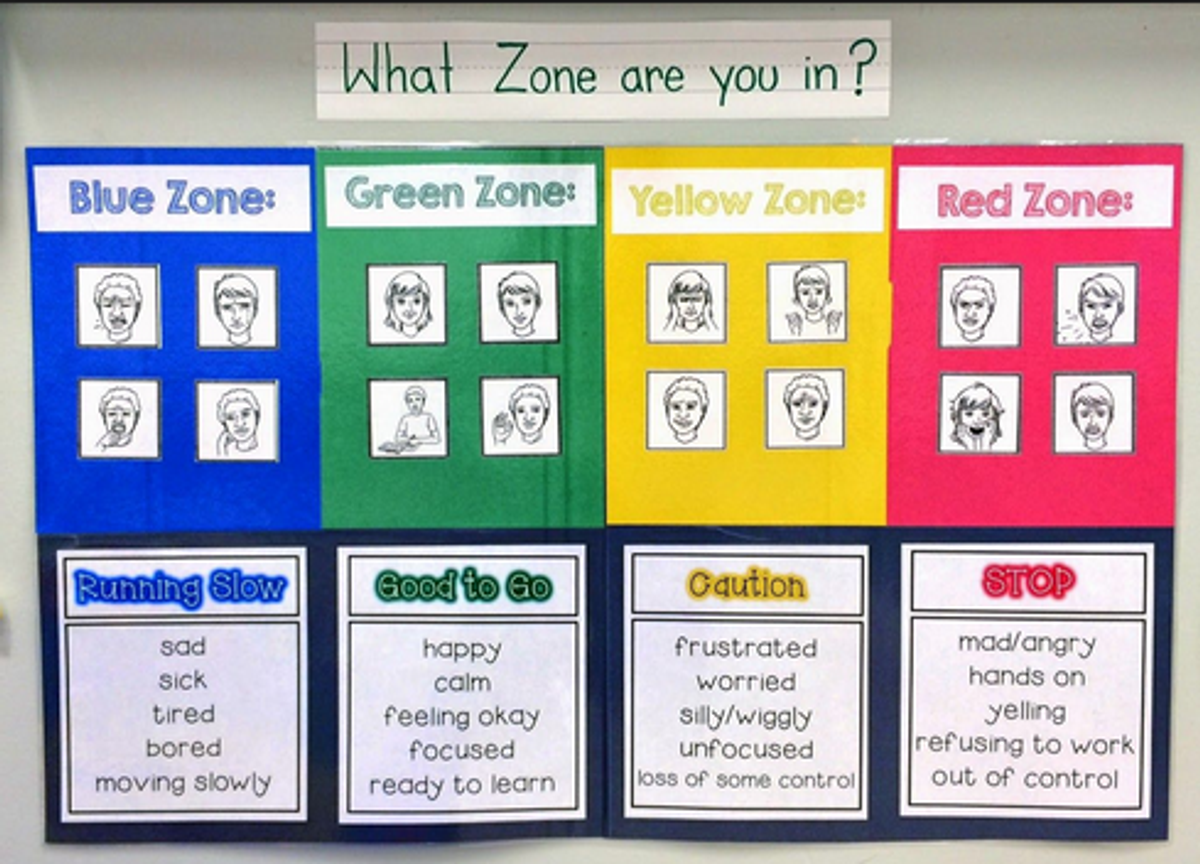Setting the Climate

Introduction
Each and every year, students partake in the ‘Setting the Climate’ program at CHPS. This is an essential part of the CHPS curriculum, where we learn about the Wilson McCaskill (WM) values, derive classroom processes and discuss what it means to be a CHPS learner. During this one week program (six weeks in Foundation), students work together with their teacher to build a classroom community, where they are able to voice how they would like their classroom to run and set expectations of classroom behaviour.
Processes
Processes are developed to support classroom transitions, such as the ‘Morning Process’ and end of day ‘Pack Up Process’. By creating processes, the classroom is able to operate smoothly and learning can commence. Classroom processes also reduce anxiety, as students know what is expected from them. In the younger year levels, processes are practised and are visually displayed in the classroom, enabling students to refer to the posters and independently perform steps without prompting.
Zones of Regulation
This year we have introduced the Zones of Regulation, due to the success of the program being trialled in the Nurture Room and Sensory Circuits last year. This curriculum has been designed by Leah Kuypers, a licensed occupational therapist, to help students gain skills in the area of self-regulation. Self-regulation can go by many names, such as self-control, self-management, and impulse control. It is defined as the best state of alertness of both the body and emotions for the specific situation. For example, when a student plays on the playground or in a competitive game, it is beneficial to have a higher state of alertness. However, that same state would not be appropriate in the library. The learning activities are designed to help the students recognize when they are in the different zones as well as learn how to use strategies to change or stay in the zone they are in. In addition to addressing self-regulation, the students will gain an increased vocabulary of emotional terms, skills in reading other people’s facial expressions, perspective about how others see and react to their behaviour, insight into events that trigger their behaviour, calming and alerting strategies, and problem solving skills.
There are four Zones, and they are as follows:
- Blue Zone: Used to describe a low state of alertness. The Blue Zone is used to describe when one feels sad, tired, sick, or bored.
- Green Zone: Used to describe the ideal state of alertness. A person may be described as calm, happy, focused, or content when he or she is in the Green Zone. The student feels a strong sense of internal control when in the Green Zone.
- Yellow Zone: Used to describe a heightened state of alertness. A person may be experiencing stress, frustration, anxiety, excitement, silliness, or fear when in the Yellow Zone. The student’s energy is elevated yet he or she feels some sense of internal control in the Yellow Zone.
- Red Zone: Used to describe an extremely heightened state of alertness. A person may be experiencing anger, rage, explosive behaviour, panic, extreme grief, terror, or elation when in the Red Zone and feels a loss of control.
Students identify the zone they are in as part of the morning process. Should a student place their name or photo immediately on the ‘Red Zone’, the teacher is quickly able to identify this and start a dialogue with the student to support them to commence their day in a positive way. The students can then move their name or face on to the zone they are in throughout the day. Once students validate what zone they are in, teachers and classmates help them brainstorm expected ways to self-regulate so their behaviour is expected for the context. This could be using one the ‘tools’ from the classroom toolbox, such as getting a drink or going for a walk to calm down, or going for a run on the green court to bring up energy levels.
It is important to note that everyone experiences all of the zones—the Red and Yellow Zones are not the “bad” or “naughty” zones. All of the zones are expected at one time or another. What is important is that the student can recognise what zone they are and then is equipped with the tools necessary to get back to the optimal zone for the context.
Practising Gratitude
Research tells us that it only takes 21 days to create change in our mental health and wellbeing. Students have been trailing a daily question or thought, which focus on the importance of gratitude, empathy, and mindfulness.
Wilson McCaskill Values
In Foundation, students are introduced to the Wilson McCaskill values (posters) for the first time. These are explored by using made-up scenarios and role play, for example demonstrating what ‘Strong’ and ‘Weak’ choices may look and sound like. The values are reviewed and reinforced across the other areas of the school. Whilst the language is consistent throughout the school, the older year levels explore the posters more deeply and delve into more complex morale dilemmas, addressing issues such as peer pressure and bullying.
The Wilson McCaskill language is embedded in everything we do at CHPS, it is therefore vital that students are familiar with the language and are able to put it into practice. Wilson McCaskill himself stated that the best way for parents to learn about the language and posters is for your children to teach you themselves. Therefore, instead of asking your child “How was your day?” you could ask “How did you show the Golden Rule today?” or “Did you participate to progress today?”
A final thought...
The purpose of going to school can be summed up in three key areas. Student’s go to school:
- To make sense of themselves – self-awareness/self-discovery.
- Requires: Reflection and feedback
- To make sense of others – empathy/awareness of others.
- Requires: Observation and interaction
- To make sense of the world in which we live.
- Requires: Investigation and participation.
However all of this can only be achieved if they learn:
- To practise creating a classroom and school in which we can all live, learn and get along.
- Requires: Discussion, compromise and respect.
…And this is what the Setting the Climate program is all about.
Miss Paris Hargreaves, Foundation Teacher


